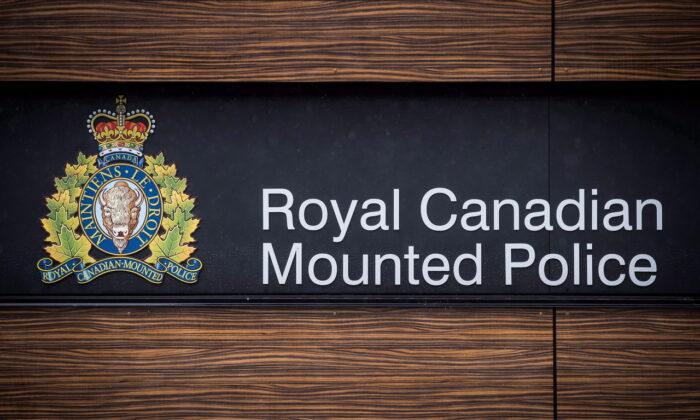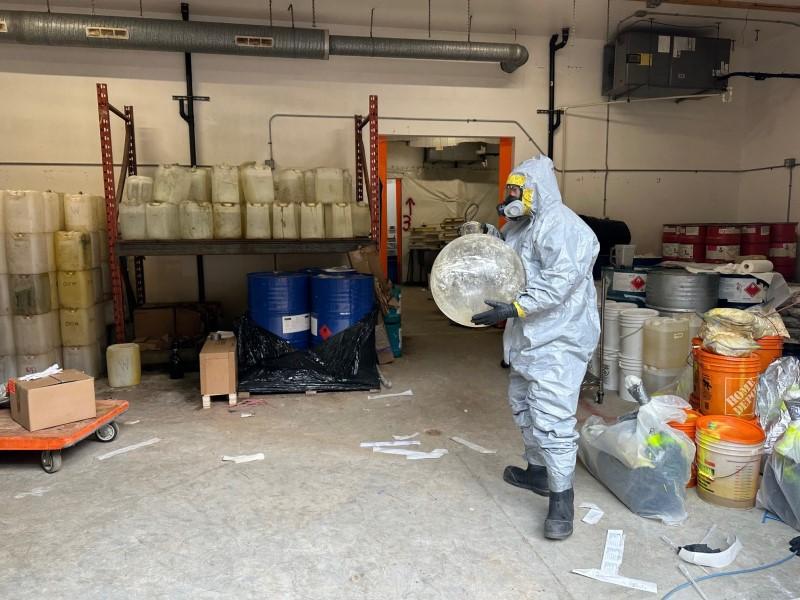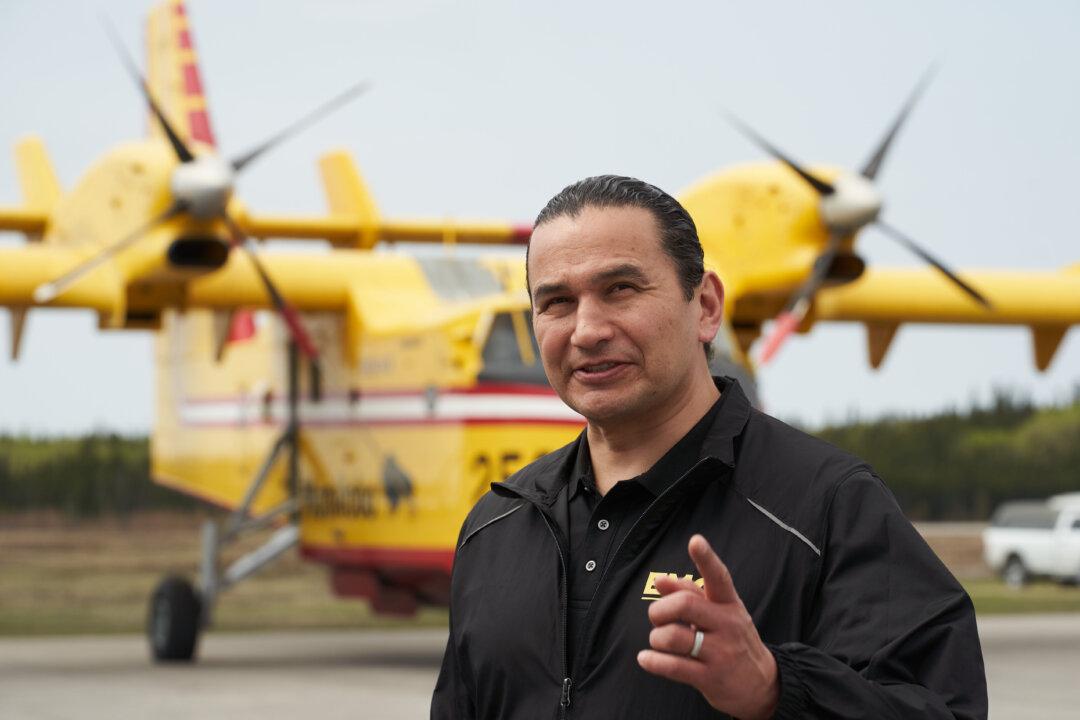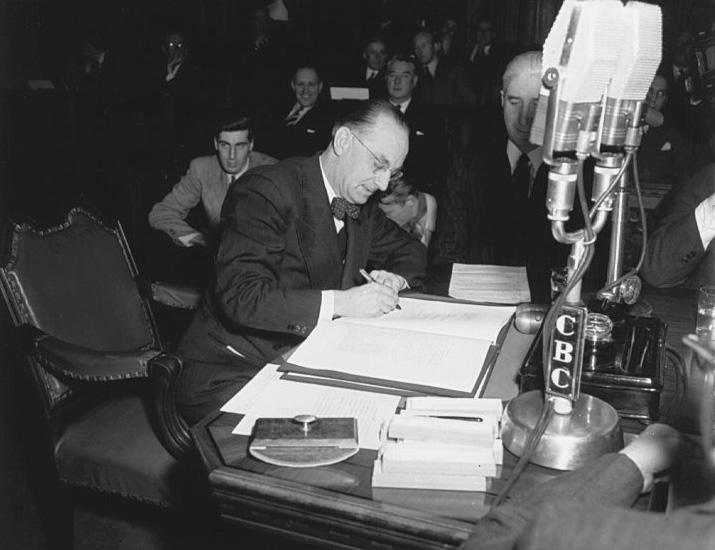Commentary
The RCMP has a long and honourable history, and has served Canadians well. RCMP top brass and regular officers have always insisted on doing their job in their own way. They have robustly specifically resisted all attempts by politicians to interfere in their clear mandate to enforce the law.
However, in May 2021 at Kamloops, the RCMP abandoned that honourable tradition, and abdicated their most important responsibility.
When it
was announced that “remains” had been found of 215 former Kamloops Indian Residential School (KIRS) students, the local RCMP did their duty and immediately began to investigate. Indigenous leaders had claimed that the school grounds should be considered a major crime scene, and the RCMP is mandated in most parts of B.C. to investigate all major crimes. The investigation would normally have included the securing of the school grounds to prevent evidence tampering, the interviewing of all people connected to the claim, and prompt investigation of the alleged crimes.
One of the important people to be interviewed was Sarah Beaulieu. She had done the ground penetrating radar (GPR) work and written the report that gave rise to the claim. The RCMP quite properly began to interview Beaulieu. However, for reasons that remain unclear to this day, the RCMP aborted their attempts to interview her further, and shut down their entire investigation immediately after receiving orders to do so from persons unknown. This new policy—breathtaking in its recklessness—was then applied to all of the other indigenous communities that made copycat claims.
The reasons have never been explained to a baffled public. We do know that former Truth and Reconciliation commissioner
Murray Sinclair intervened in the investigation immediately after it started. We know that because he said so.
According to Sinclair, he was informed that Sarah Beaulieu was being aggressively questioned by the RCMP, and she didn’t like the experience. The truth is that we will probably never know who was involved in this intervention.
What we do know is that the RCMP investigation was called off and handed over to an elected body that had absolutely no training in, or knowledge of, the investigation of major crimes. Suddenly, a junior elected body that had experience in drafting local bylaws was delegated authority to conduct major crime investigations. This was a shockingly improper delegation—really an abdication—of authority.
And exactly what kind of investigation, if any, have these local politicians carried out? Have they had experts review Beaulieu’s shaky preliminary report presented at her only
public presentation of her GPR findings? Have they interviewed any of the “six-year-olds” who claim that they were forced by murderous priests in the 1960s to dig graves for their freshly killed comrades? Have they secured the grounds to prevent mischief-makers from tampering with evidence?
Frankly, we have no idea, because Chief Casimir and her associates have virtually “gone dark” since making their baseless May 2021 announcement. The only thing we know for sure is that they have
reneged on their promise to release Beaulieu’s full report, and now
refuse to release it. To add insult to injury, they refuse to give reasons for refusing to release the report to the public for expert scrutiny.
We now know that the 215 “bodies” and “remains” were not bodies and remains at all. They were simply soil disturbances that had been incorrectly interpreted as graves. In fact, those soil disturbances were
almost certainly from
previous septic field excavations.
If only the RCMP had honourably insisted on their statutorily mandated right to do their job and investigate, what would they have found?
For one thing, it would have immediately become apparent that the GPR specialist made serious mistakes. In the first place, she neglected to research previous excavations before submitting her report. Her original claim was that her radar had detected 215 soil disturbances, which she claimed were probable graves. She was forced to lower that number to 200 when it was brought to her attention that
shovel pits from a previous Simon Fraser University project likely accounted for 15 of those 215 disturbances. Checking for previous excavations should have been the first thing a professional should have done before writing any report. She had failed to do so. This was incompetence, and the RCMP would have quickly discovered that.
But it gets worse.
Because it is now clear that specialist didn’t check for other major excavations that had been completed on the area where she detected the 215 disturbances. Those disturbances, as noted above, were almost certainly from a
sewage trench installed in 1924, and taken out of use a decade later. This was incompetence on a major scale.
And it gets worse yet.
Beaulieu had claimed that a tooth from a human juvenile, and another human bone helped convince her that children were buried in what she believed were 215 separate graves. But that tooth was
proven to be the tooth of an animal. As far as the other alleged human bone she relied on, it has never been produced.
Beaulieu also speculated that the soil disturbances she had detected were so shallow because of stories (that she actually believed) that children “
as young as six” were unable to dig further than three feet down because the soil at Kamloops is frozen beyond that depth. But she was wrong again. The soil at Kamloops freezes only well below the three foot level.
The RCMP would have uncovered all of these weak points when questioning Beaulieu. They would also have asked to see her report. Because of Sinclair’s interference, none of that happened. And the report has never been released to the public, despite promises to do so.
All of the above facts can be easily Googled.
The weaknesses in GPR specialist’s report would probably have been enough to discredit the always highly improbable Kamloops claim. Flags would never have been flown at half mast, there would have been no genocide motion or dark national holiday of self-flagellation based on the false claim. The country would have been spared two years of
national anguish over a genocide that never happened if only the RCMP had insisted on doing their duty.
But even if Beaulieu’s failings had not concluded the matter, there are many other huge holes in the Kamloops claim that a competent investigation would have immediately uncovered.
An example is the fact that not one
missing child claim had ever been made by a parent in Kamloops, or from any of the indigenous communities that sent children to KIRS. If it was true that 215 children had mysteriously disappeared after being enrolled in the school, wouldn’t one expect that at least one parent would make a complaint? Is it being suggested that indigenous parents don’t care if their children simply disappear?
But there are many more holes in the Kamloops claim so huge that an experienced investigator would immediately recognize them as fatal defects.
For instance, we are now told in
Kimberly Murray’s report that Chief Casimir originally just planned to rope off the area where the soil disturbances had been detected so that the grown children who had been forced to bury their comrades could come and pay their respects.
It would probably have taken about one minute for an experienced investigator questioning one of these people to conclude that these stories were without foundation. From the claims made by “survivors” these secret burials would have had to have taken place in the 1960s. KIRS in the 1960s was a modern school. It was almost certainly the only public school in Canada with its own Olympic sized swimming pool.
Many of the teachers were indigenous, as the 1962 TV
documentary special “The Eyes of Children” shows. Important indigenous leaders, like Len Marchand, Canada’s first indigenous federal cabinet minister, had attended the school, with absolutely no claims of secret burials (Marchand’s only complaint of life there was that the potatoes were watery). In short, KIRS in the 1960s was a modern, well-funded Canadian school, not the charnel house depicted by claimants with overactive imaginations.
The list of reasons why the Kamloops claim was more than highly improbable from the outset is a long one, and experienced investigators would have quickly concluded that people telling bizarre stories about dragging bodies down halls past indigenous staff and students, and being forced by murderous priests and nuns to bury comrades in plain site of the citizens of Kamloops—on 215 occasions!—would have been quickly dismissed as the kind of ghost stories children tell to frighten one another.
Or hearing “
knowledge keepers” claim that they always knew their children were buried in that apple orchard, while the police knew that the community had
built a tourist park on top of it! That would make no sense to an investigator—or anyone else, for that matter. If you knew that the “apple orchard” was a sacred graveyard why would you build on top of it, and then let thousands of strangers tromp on it for years? Investigators would have seen through all of those inconsistent and nonsensical claims.
And “knowledge keepers” are just people. The same “knowledge keeper” who presumably “knew” about these secret burials,
Mona Jules, also “knew” that “in 1500 the Pope ordered that all Protestant children at residential schools be killed.” Of course, she “knew” no such thing. The fact is that “knowledge keepers” are as fallible as any of the rest of us. (Again, all of these improbable claims can be easily Googled.)
But none of these serious holes in the strange Kamloops claim were uncovered, because the police didn’t stay and do their job. Clearly, it was unethical for Murray Sinclair to throw his weight around, and it was clearly both foolish and wrong for unknown politicians to interfere in a police investigation.
But the fact remains that the RCMP have failed Canadians. They didn’t insist on doing their job. They allowed themselves to become pawns in someone else’s political game. The RCMP should have politely told Sinclair, and the other senior people who improperly interfered in their work, that they would continue to investigate—because it was their duty to do so. It is a national shame that they didn’t do so.
Had they done their duty, the RCMP could have nipped this entire Kamloops false claim in the bud two years ago, probably without putting one shovel in the ground. The weakness of the GPR specialist’s report, and the complete absence of any other credible evidence of sinister deaths and late-night burials, would have been quickly exposed by a competent RCMP investigation. Instead, Canadian schoolchildren are now being taught misinformation about secret burials, and Canada is in the ridiculous position of being accused by communist China of genocide. Our international reputation has been thoroughly savaged. A competent RCMP investigation would have saved us from all of this.
Following the Kamloops announcement, we have witnessed reckless claims made by indigenous activists, and the complete failure of our mainstream media in its non-response to those preposterous claims. Our political class has shown itself to be weak virtue signallers, and not leaders at all. But it is the capitulation of the RCMP for political purposes—to what experienced RCMP officers surely knew from the outset was a false claim—that is the ultimate betrayal.
The RCMP must now get back to the Kamloops “crime scene” and do their job.
Views expressed in this article are opinions of the author and do not necessarily reflect the views of The Epoch Times.





